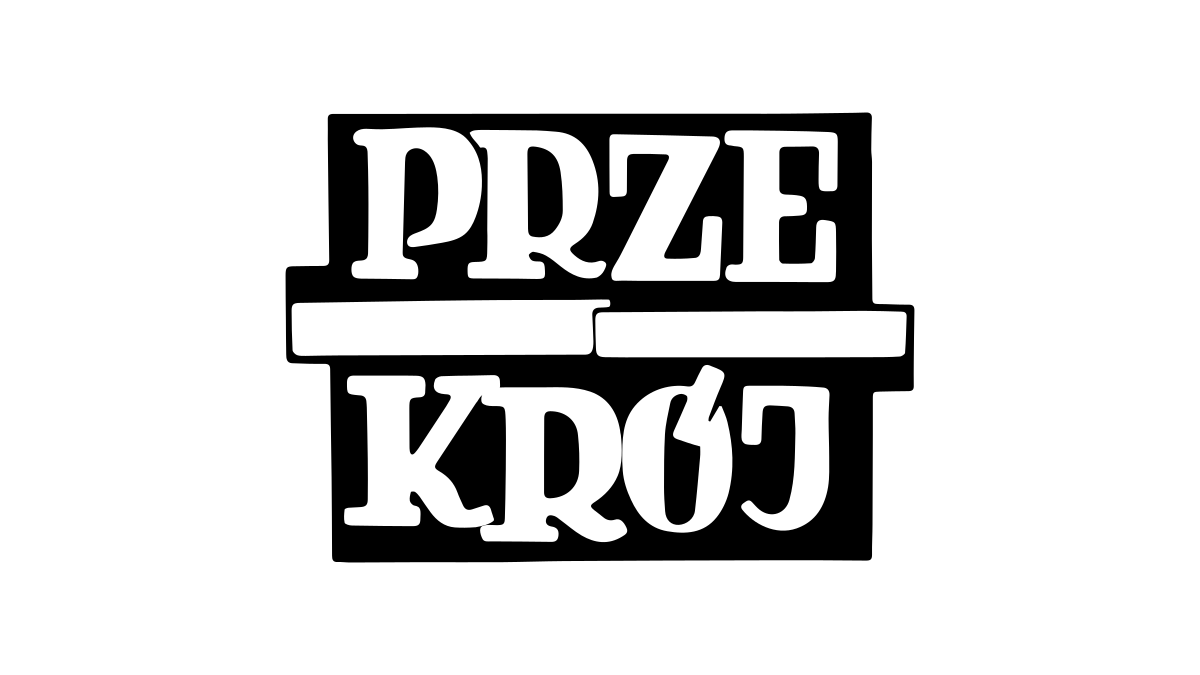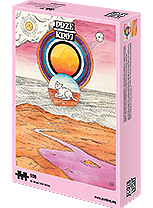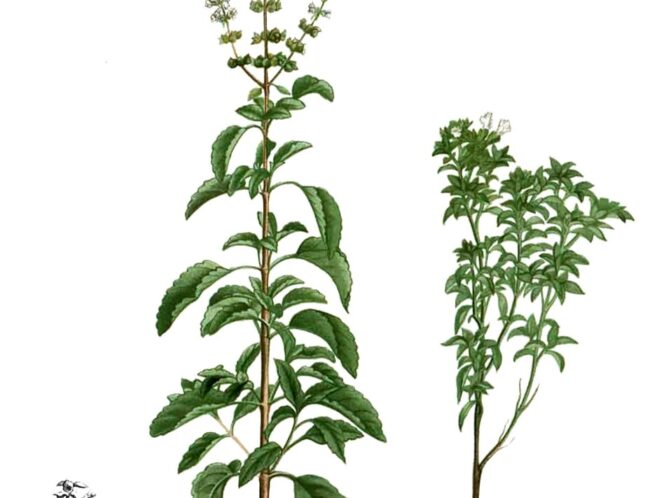
It arrived here via Central Africa and Southeast Asia. Its name most likely comes from the Greek noun basileus (meaning ‘king’), for it was thought that basil could only be picked by a reigning monarch.
In December 2013, the NASA space agency announced that in less than two years’ time they would be sending a special capsule to the Moon, containing samples of earth and plant seeds. The project, named Lunar Plant Growth Habitat, led NASA to excitedly ask on their web page:
“Can humans live and work on the moon? Not just visit for a few days but stay for decades? A first step in long term presence is to send plants. As seedlings, they can be as sensitive as humans to environmental conditions, sometimes even more so. They carry genetic material that can be damaged by radiation as can that of humans. They can test the lunar environment for us acting as a ‘canary in a coal mine’.”
Then talk turned to colonizing and harvesting the moon in a way that would satisfy human needs – feeding crops, creating usable oxygen and water supplies, while also improving the sense of crew well-being in space (the positive effects plants have on human moods








